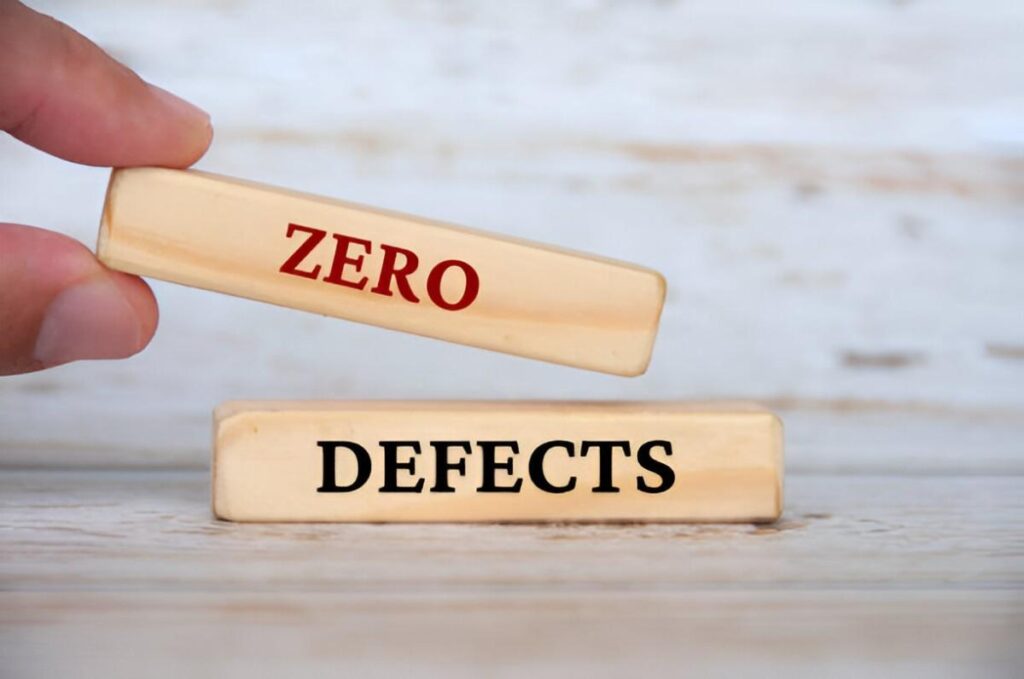In my years of experience in finance and accounting, I have seen businesses thrive, falter, and sometimes collapse. One of the most insidious challenges companies face is strategic drift—a gradual misalignment between a company’s strategy and its external environment. It’s a phenomenon that creeps in silently, often unnoticed until it’s too late. In this article, I will demystify strategic drift, explore its causes, and provide actionable insights on how businesses can navigate this turbulence.
Table of Contents
What Is Strategic Drift?
Strategic drift occurs when a company’s strategy becomes increasingly disconnected from the realities of its external environment. This misalignment can stem from changes in market conditions, technological advancements, regulatory shifts, or evolving customer preferences. Over time, the gap between the company’s strategy and its environment widens, leading to declining performance and, in severe cases, organizational failure.
To understand this better, let’s consider a mathematical representation. Suppose a company’s strategy at time t is represented by S_t, and the external environment is represented by E_t. The degree of alignment between the two can be expressed as:
A_t = \frac{S_t \cdot E_t}{|S_t| \cdot |E_t|}Here, A_t represents the alignment score, which ranges from -1 (complete misalignment) to 1 (perfect alignment). Strategic drift occurs when A_t decreases over time.
Causes of Strategic Drift
Strategic drift doesn’t happen overnight. It’s the result of several interconnected factors. Let’s explore the most common ones.
1. Inertia and Resistance to Change
Many organizations develop a culture of inertia, where past successes create a false sense of security. Leaders may resist change, believing that what worked before will continue to work in the future. This resistance can stem from cognitive biases, such as the anchoring effect, where decision-makers rely too heavily on initial information or past experiences.
For example, Blockbuster’s failure to adapt to the rise of streaming services like Netflix is a classic case of inertia. Despite clear signs of changing consumer preferences, Blockbuster clung to its brick-and-mortar model, leading to its eventual downfall.
2. Lack of Environmental Scanning
Environmental scanning involves monitoring external factors that could impact a business. These factors include technological trends, economic conditions, regulatory changes, and competitive dynamics. Companies that fail to scan their environment regularly risk falling out of sync with market realities.
Consider the retail industry. The rise of e-commerce has disrupted traditional retail models. Companies like Sears and Toys “R” Us failed to anticipate this shift, leading to strategic drift and bankruptcy.
3. Overreliance on Core Competencies
While leveraging core competencies is essential, overreliance on them can be detrimental. Core competencies can become core rigidities—capabilities that hinder innovation and adaptation.
For instance, Kodak’s expertise in film photography became a liability when digital photography emerged. Despite inventing the first digital camera, Kodak hesitated to pivot, fearing it would cannibalize its film business.
4. Leadership Myopia
Leadership myopia refers to a narrow focus on short-term goals at the expense of long-term sustainability. This myopia can manifest in various ways, such as prioritizing quarterly earnings over strategic investments or ignoring emerging trends.
A notable example is the automotive industry’s slow adoption of electric vehicles (EVs). Traditional automakers focused on internal combustion engines, while Tesla capitalized on the growing demand for EVs.
Detecting Strategic Drift
Detecting strategic drift early is crucial for mitigating its impact. Here are some indicators to watch for:
1. Declining Financial Performance
A sustained decline in key financial metrics, such as revenue growth, profit margins, or return on investment (ROI), can signal strategic drift. For example, if a company’s revenue growth rate g falls below the industry average g_{industry}, it may indicate misalignment with market conditions.
g < g_{industry}2. Loss of Market Share
Losing market share to competitors is a red flag. It suggests that the company’s strategy is no longer resonating with customers.
3. Employee Disengagement
Employees are often the first to sense strategic drift. High turnover rates, low morale, and declining productivity can indicate internal misalignment.
4. Customer Complaints
An increase in customer complaints or a decline in customer satisfaction scores can signal that the company’s offerings no longer meet market needs.
Navigating Strategic Drift
Once strategic drift is detected, businesses must take proactive steps to realign their strategy with the external environment. Here’s how:
1. Conduct a Strategic Audit
A strategic audit involves assessing the company’s current strategy, external environment, and internal capabilities. Tools like SWOT analysis (Strengths, Weaknesses, Opportunities, Threats) and PESTEL analysis (Political, Economic, Social, Technological, Environmental, Legal) can provide valuable insights.
2. Foster a Culture of Agility
Agility is the ability to adapt quickly to changing conditions. Companies can foster agility by encouraging experimentation, decentralizing decision-making, and investing in continuous learning.
For example, Amazon’s culture of innovation and customer obsession has enabled it to adapt to changing market dynamics, from e-commerce to cloud computing.
3. Invest in Innovation
Innovation is key to staying relevant in a rapidly changing world. Companies should allocate resources to research and development (R&D) and explore new business models.
Consider Apple’s transition from a computer manufacturer to a leader in consumer electronics. By investing in innovation, Apple has consistently stayed ahead of the curve.
4. Engage in Scenario Planning
Scenario planning involves envisioning multiple future scenarios and developing strategies to address each one. This approach helps companies prepare for uncertainty and make informed decisions.
For instance, during the COVID-19 pandemic, companies that had contingency plans in place were better equipped to navigate the crisis.
5. Leverage Data Analytics
Data analytics can provide real-time insights into market trends, customer behavior, and competitive dynamics. By leveraging data, companies can make data-driven decisions and stay ahead of the curve.
For example, Netflix uses data analytics to personalize content recommendations and optimize its content production strategy.
Case Study: General Electric (GE)
General Electric (GE) provides a compelling case study of strategic drift. Once a symbol of American industrial might, GE has faced significant challenges in recent years.
The Rise and Fall of GE
GE’s success was built on its diversified portfolio, which included aviation, healthcare, power, and financial services. However, the company’s overreliance on its financial arm, GE Capital, became a liability during the 2008 financial crisis.
Strategic Missteps
GE’s leadership failed to anticipate the regulatory changes and market shifts that followed the crisis. The company’s focus on short-term earnings and shareholder returns further exacerbated its problems.
The Road to Recovery
Under new leadership, GE has embarked on a turnaround strategy, which includes divesting non-core assets, reducing debt, and focusing on its industrial businesses. While the road to recovery is long, GE’s efforts highlight the importance of strategic realignment.
Conclusion
Strategic drift is a silent killer that can undermine even the most successful organizations. By understanding its causes, detecting early warning signs, and taking proactive steps to realign with the external environment, businesses can navigate turbulence and thrive in an ever-changing world.





